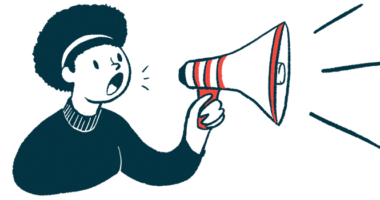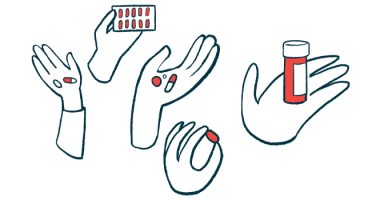
Newly Diagnosed: Treatment Strategies for Muscular Dystrophy
While there is no cure for muscular dystrophy yet, there are therapeutic approaches that can help to ease symptoms and improve quality of life. Experimental treatments are also being explored that could prove beneficial for patients. Check out the information below to explore more about therapeutic strategies your doctor may recommend and what therapies are in the pipeline for potential future use.
Approved Treatments
Various medications and therapies can help manage symptoms or slow the progression of the disease. Many of them are specific to one type of dystrophy. They include medications like corticosteroids that may help preserve muscle tissue and exon-skipping therapies that help protect and maintain the strength of muscle fibers in Duchenne patients.
Experimental Treatments
Several investigational treatments are under development to help manage the symptoms, improve patients’ quality of life, and even treat the underlying cause of muscular dystrophy. They range from small molecules to disease-modifying therapies that may one day offer the potential for a cure.
Non-drug Treatments
Other therapeutic strategies can help maintain or improve quality of life in patients and help manage muscular atrophy and other symptoms. These include physiotherapy, occupational therapy, speech therapy, surgery to correct issues caused by the disorder, and ventilation support for patients with respiratory problems.






